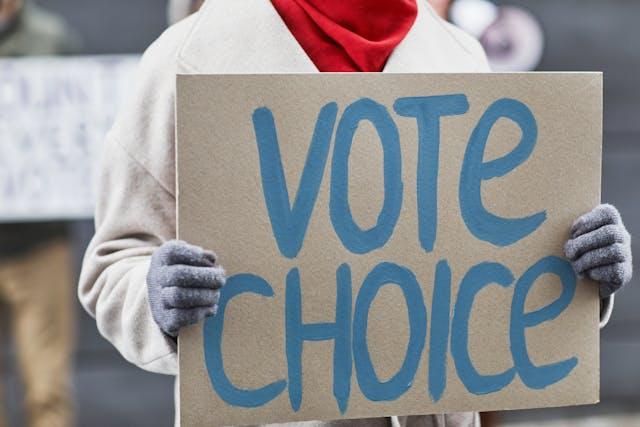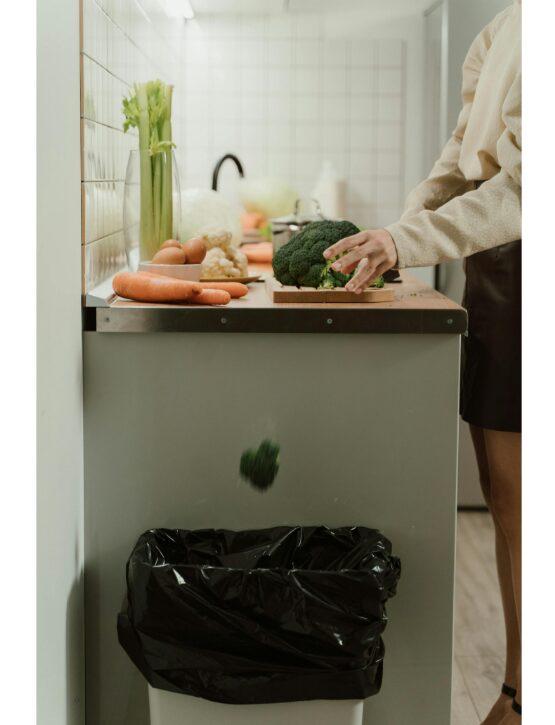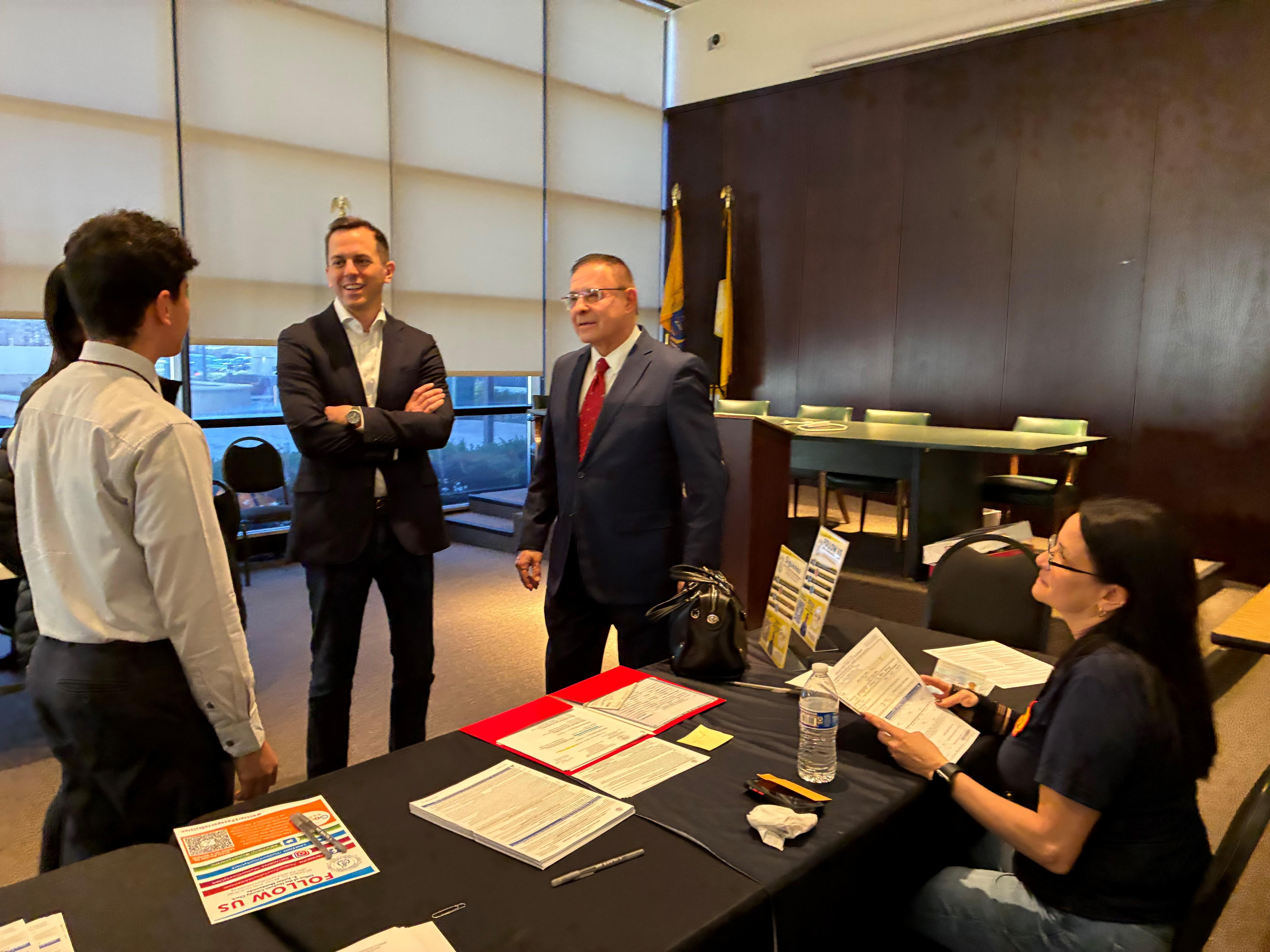NEW YORK CITY — As early voting concluded this weekend, New York City is preparing for its June 24 primary with voters once again using ranked-choice voting (RCV)—a system that allows them to rank up to five candidates in order of preference.
The system, now used in all local primaries and special elections, aims to reflect broader public support and encourage more inclusive, civil campaigning.
Under RCV, voters may rank up to five candidates. If a candidate receives more than 50% of first-choice votes, they win.
If no one earns a majority, the candidate with the fewest first-choice votes is eliminated, and those votes are transferred to the next-ranked candidate on each ballot.
This process repeats in rounds until a candidate crosses the 50% threshold.
RCV was first implemented citywide in 2021 following a 2019 ballot measure, and has since become a defining feature of New York’s local elections.
This year’s Democratic primary for mayor includes former governor Andrew Cuomo, Assemblymember Zohran Mamdani, City Comptroller Brad Lander, and former Obama administration official Michael Blake, among others.
As of Saturday, more than 305,000 New Yorkers had voted early—more than double the early turnout during the 2021 primaries. The surge has been especially notable among younger voters, according to city election officials.
With temperatures expected to reach 102°F on Tuesday, city officials are urging voters to stay hydrated and plan ahead. Some advocacy groups have raised concerns about heat-related access issues for seniors and outdoor poll workers.
Due to New York City’s vote-counting procedures, final certified results may not be available until early July. Unofficial first-choice vote totals are expected on election night, but full tabulations—factoring in absentee ballots and multiple RCV rounds—will take additional time.
Outside New York, RCV is used statewide in Maine and Alaska, and locally in cities such as San Francisco, Minneapolis, and Portland. Nevada voters approved RCV for future statewide elections pending final legislative steps.
Supporters argue the system helps reduce polarization and ensures elected officials have broader public support. For underrepresented communities—including Filipino American and immigrant voters—RCV can offer more confidence that their vote counts, even if their first-choice candidate doesn’t win.
RANKED-CHOICE VOTING: QUICK Q&A
Do I have to rank all five candidates?
No. You can rank one or up to five—it’s up to you.
Does ranking others hurt my top pick?
No. Your vote stays with your first choice unless they’re eliminated.
Can I rank the same person more than once?
No. It won’t help and may disqualify your ballot for that race.
Why does it take longer to count?
Ballots are counted in rounds, including absentee votes. Final certification may take until early July.
Early Voting: CLOSED (June 14–22)
Election Day: Tuesday, June 24
Final Certification Expected: Early July
THE TAKEAWAY
New York voters are not only choosing their next mayor—they’re helping define how democracy might work in the future. As more U.S. cities and states explore ranked-choice voting, the lessons from this election could echo far beyond the five boroughs.






